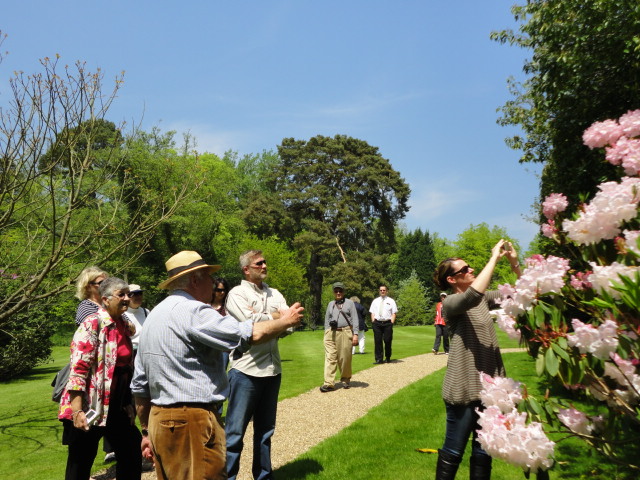Biddulph Grange Garden
Biddulph Grange is Britain’s best surviving Victorian garden which is both theatrical and revolutionary for its time.
The gardens were developed in the mid 19th century by James Bateman, a Victorian industrialist, one of the new middle-class who built on his grandfather’s fortune from the railways. He wanted to indulge his passion for horticulture and new science. Bateman was fascinated by geology and displayed fossils in his garden gallery.
From 1841, Bateman developed the steeply sloping gardens around Biddulph Grange into terraces. He filled the gardens with specimens from all over the world that plant hunters gathered on his behalf. He was deeply influenced by his friend, Edward Cooke – painter and landscape designer – and together they visited The Great Exhibition of 1851. Bateman wanted to showcase the exotic wonders of overseas lands that few would get to see. Visitors are taken on a miniature tour of the world including China, Egypt and a Scottish Glen as well as an ice house and fountain in Mrs Bateman’s Garden.
Bateman eventually had to sell the house due to crippling debt and after a major fire, the House was converted into a hospital and the gardens fell into disrepair. In the 1980’s the National Trust took ownership and restored the most important garden of the high Victorian era.
https://www.nationaltrust.org.uk/visit/shropshire-staffordshire/biddulph-grange-garden

 Passionate about beautiful gardens? Experience the finest gardens on one of our small and friendly group tours.
Passionate about beautiful gardens? Experience the finest gardens on one of our small and friendly group tours.
 Ready to book?
Ready to book? 
